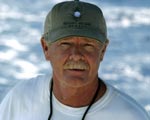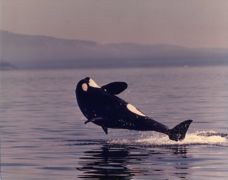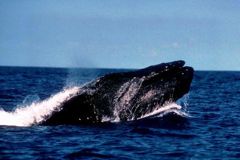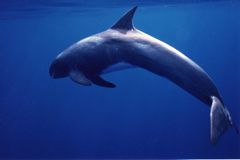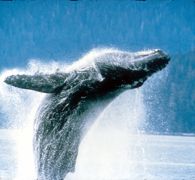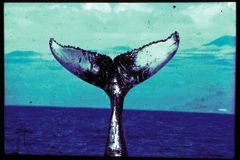Navigation
FUN 3 HOUR CRUISES
DEPART DAILY
Call our toll-free 24-hour whale watch reservation line:
888-942-5376
or
BOOK ONLINE NOW!
Frequently Asked Questions
- Does experience around whales really matter in successful whale watching?
- Most boat drivers may be able to find you a whale to watch, but don't have the experience to anticipate the habits of these wild creatures, so you can get stuck following a whale that isn't doing much. Dan uses his lifetime of experience to find you the best animals to watch.
- Is there any advantage to going in the morning or the afternoon?
- The whales will be there, so it's up to you. Mornings have lighter roadway traffic, cooler air temperatures, generally calmer water and better lighting for photography. Maybe your body clock is an issue – many visitors come from time zones many hours ahead of Hawai'i. If you're up early, take the morning run; if you like to sleep in, go on the later trip.
- Are the whales more active at a certain time of day?
- Whales don't punch clocks. They get active when they run into other whales, morning or afternoon. The question is how to find them, and Dan knows where they like to hang out. If you go to the places were they congregate, you'll usually see more activity.
- What's this claim some operators make about "certified whale naturalists," "ocean guides," or "researchers"?
- It's usually a person who took a short course, maybe read a few books on Hawai'i's humpback whales, but probably doesn't have much real experience with these big and wild creatures.
- What's the difference between whale "watching" and whale "glimpsing"?
- Many companies offer incidental "whale watching" as part of, or en route to, another activity like sailing, snorkeling or diving. On these trips you’re usually getting only "whale glimpsing," with no guarantee. There's little time to stop and watch the whales act and interact. As with any wild animal in nature, whales require time and patience; the longer you watch, the more you'll see.
- Where will we go for the best chance to see active whales?
- Most other whale watches out of Kona will stay within a few miles of Kailua-Kona. Weather and water conditions permitting, Captain Dan will take you to the whale sanctuary north of the Kona Airport, a good bet for a major sighting and active whales.
- What's the real story behind people telling us "the whales are all gone"?
- Many folks are misinformed. It's a lot like someone here in Hawai'i saying the "birds are all gone." If you look around, you know that's not true. The same is true with whales. In fact, there are many different kinds here year 'round. Captain Dan should know, since he sees them out there daily. If you're told "they're all gone," give Dan a call.
- How does going on Captain Dan's Whale Watch benefit whales?
- One of the best ways to protect our whales is to conduct credible research, to learn the animals' needs and to find what we can do to improve their well-being. For more than 35 years, Captain Dan McSweeney has been known worldwide for his pioneering efforts on behalf of whales and dolphins. This research has helped management agencies protect these unique creatures. Your presence aboard contributes to the ongoing research and education projects of the Wild Whale Research Foundation.
- What do I bring along on the trip?
- Keep your gear to a minimum, but we recommend you bring a camera, sunscreen, a visor/cap and sunglasses. Wear light casual clothing, soft-soled shoes (like sneakers or sandals) and maybe a light windbreaker. You might want to bring a spare battery and memory card or film for your camera.

